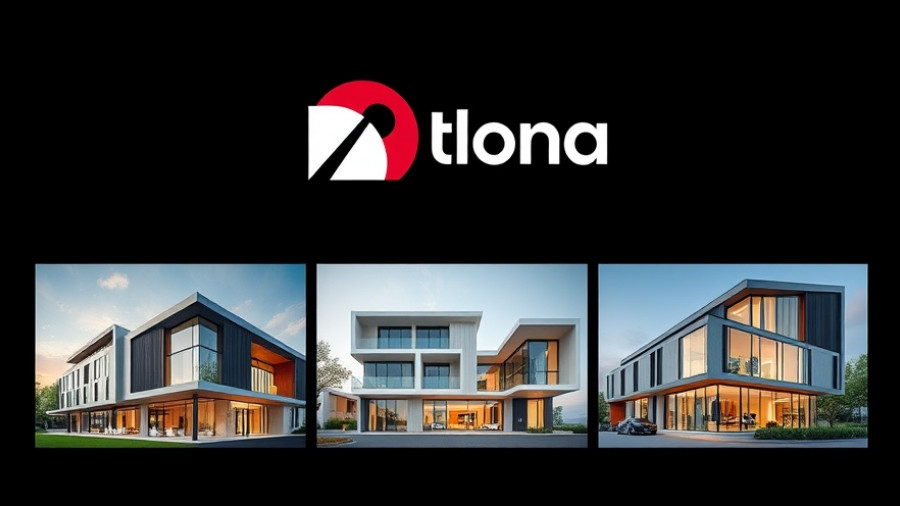
Rising Worker Fatalities: A Forewarning for Construction Professionals
The recent report from the AFL-CIO sheds light on a concerning trend: the anticipated rise in worker fatalities under the policies of the Trump administration. For business owners, property developers, and facility managers—particularly those engaged in construction—the implications of this report are significant. The data suggests that lax safety regulations and insufficient protections could translate to more dangerous work environments, impacting not just personnel but the viability of projects and businesses as a whole.
Understanding the Current Landscape
Historically, the construction industry has faced challenges related to worker safety. The AFL-CIO's findings underscore a dire prediction: without stricter regulations, the already high rates of worker deaths on the job could worsen. According to the report, a range of factors—from inadequate safety training to the lack of enforcement of existing regulations—contributes to this hazardous state. As businesses look to optimize their workspaces, it’s crucial to consider these safety implications carefully.
Social Responsibility in Construction
For socially conscious businesses and homeowners investing in community development, safety isn't just a regulatory issue; it’s a moral obligation. The workers who construct and maintain our buildings deserve a safe environment. Poor safety conditions not only jeopardize lives but can also tarnish a company's reputation and lead to costly legal battles. This widening gap between construction trends and safety regulations raises important questions about ethical responsibilities in the industry.
Parallel Examples in Other Industries
Industries such as manufacturing and agriculture have faced similar predicaments. Take the manufacturing industry, for instance—it has witnessed a downturn in worker safety due to shifts in regulations and labor policies. In a bid to cut costs, many companies have opted for cheaper labor without adequately providing necessary safety measures, leading to spikes in accidents. Construction could face the same fate unless proactive measures are adopted.
Future Predictions: What’s at Stake?
As we look ahead, industry stakeholders must prioritize health and safety to prevent further escalation of worker fatalities. Innovations in construction technology—such as wearable safety devices and advanced training programs—could play a pivotal role in enhancing worker safety. However, the responsibility lies in ensuring that such technologies are seamlessly integrated into procedures and that all workers are trained effectively to utilize them.
Actionable Insights for Business Owners
What can business owners and managers do to safeguard their teams? Begin with a comprehensive review of current safety practices, and invest in regular training sessions to educate workers on potential hazards. Moreover, actively support policies that promote worker safety and push for stricter regulations. Collaboration with regulatory bodies ensures not just compliance but creates an environment of safety-first that benefits everyone involved.
Elevating the Conversation: Making Worker Safety a Priority
In light of this report from the AFL-CIO, it is clear that construction professionals must take a stand for worker safety. The implications extend far beyond mere compliance; they influence project success rates, employee satisfaction, and overall business viability. As the industry moves forward, echoing this call for enhanced safety measures will be crucial in creating a sustainable, thriving future for all stakeholders.
For business owners and developers, the time to act is now. Prioritize worker safety not only for ethical reasons but to ensure your projects remain viable and successful. Advocate for policies that protect workers and elevate safety standards across the industry.
 Add Row
Add Row  Add
Add 




Write A Comment